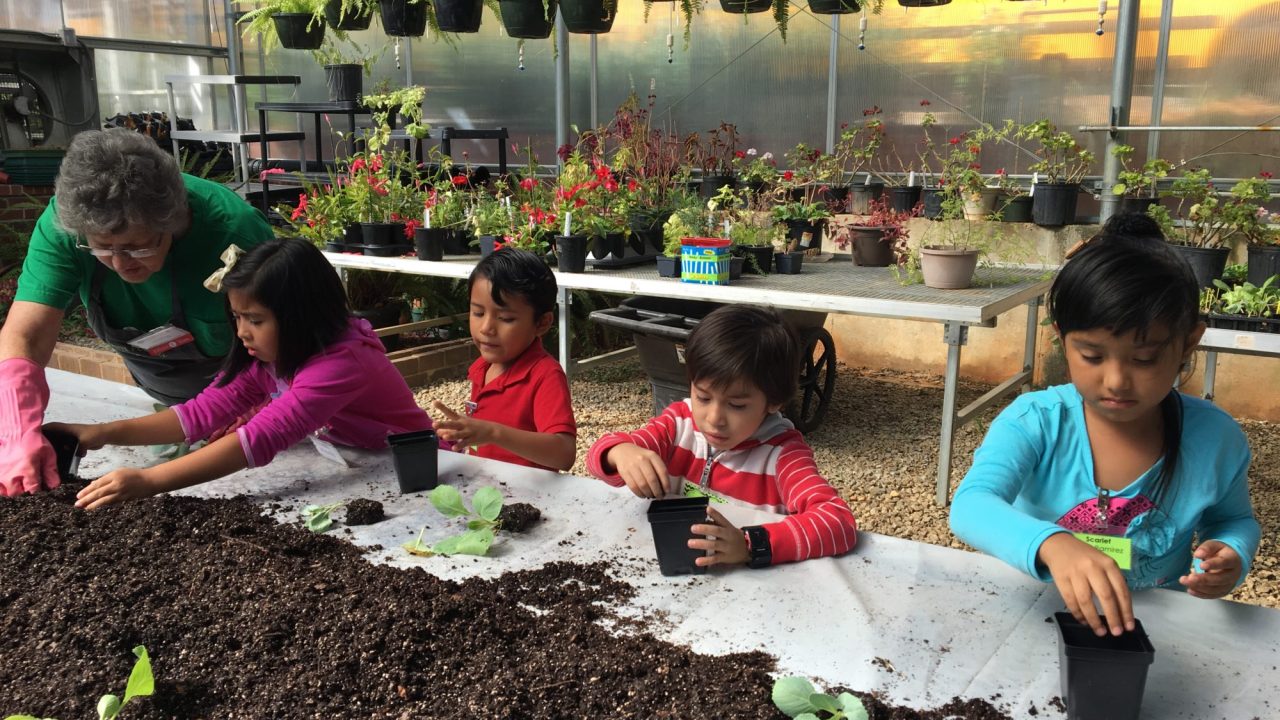
Amanda Hilliard Smith is the Museum Teaching Specialist at the Fulton County Schools Teaching Museum.
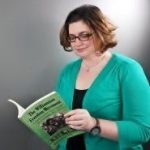
Imagine a school system making a real commitment to authentic experiences and innovative instruction. What would it look like? It could look a lot like the Fulton County School’s Teaching Museum. The school system operates two museums in opposite ends of Fulton County to serve students in the fourth largest school system in Georgia. On school days, student programming can be taking place at both locations as well as at schools. These programs range from first graders learning about growing plants in the museum’s greenhouse to middle schoolers learning about South American culture by participating in a flamenco dancing lesson.
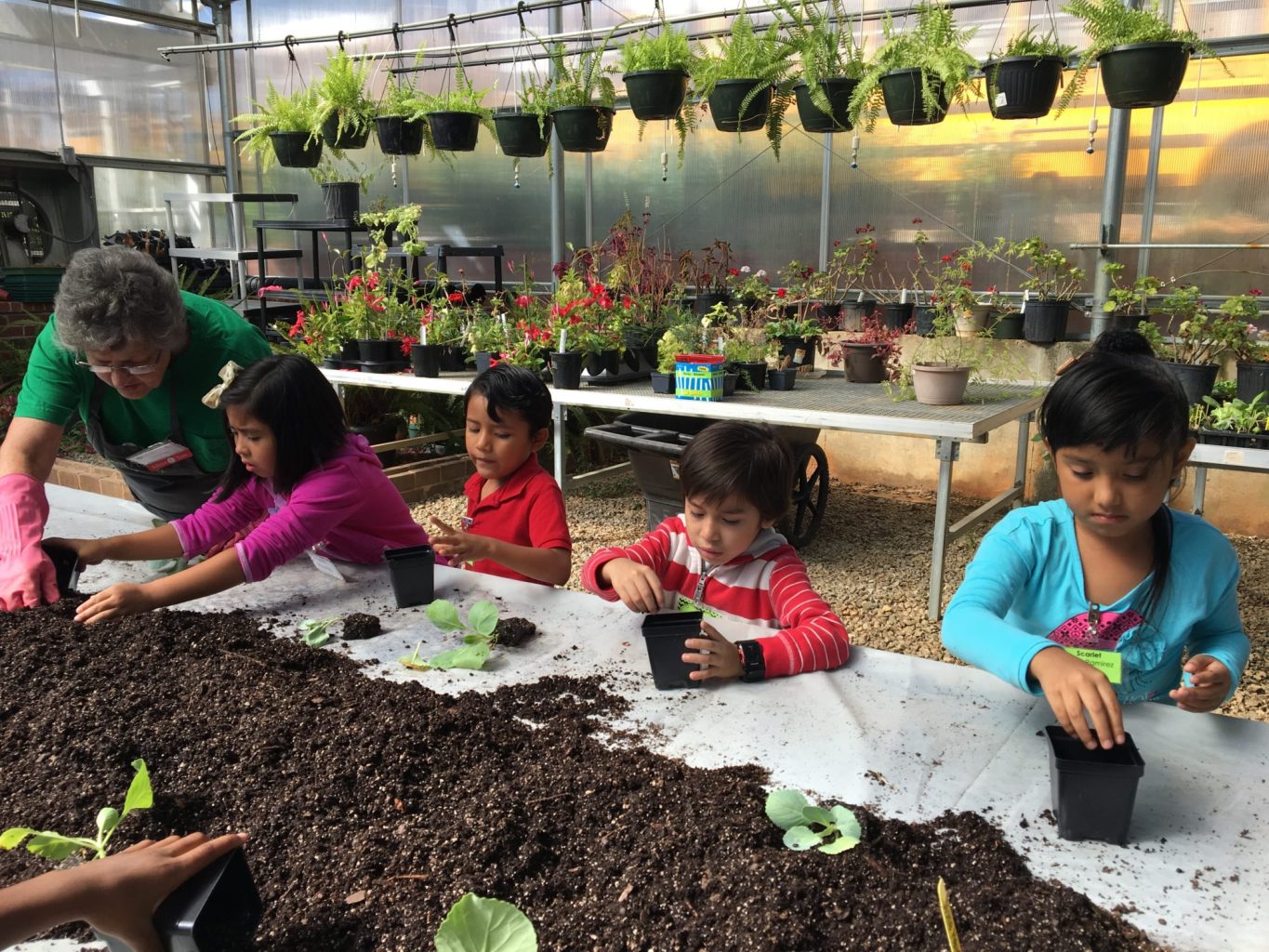
The Teaching Museum provided educational programs to over 55,000 students last year. The museum offers a range of science, history, language arts, and performing arts programs designed for kindergarten through eighth grade. Every elementary and middle school in Fulton County Schools can choose at least one program per grade level. Occasionally, programs are offered for pre-kindergarten and high school students. The museum staff works with teaching artists and teachers to develop programs that support what students are learning in their classes. FCS teachers and curriculum specialists are able to contribute their expertise to make sure programs offer innovative instruction.
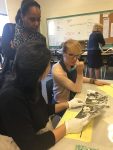
The museum acts as a facilitator connecting the public schools with local resources. The Teaching Museum partners with non-profits, historic sites, and other museums to bring their programs to students. Through a partnership with Chattahoochee Nature Center, teachers can book programs that allow students to learn about their local environment. Chattahoochee Nature Center also contributes to the Teaching Museum’s traveling trunk program which transports artifacts and educational resources to the classroom. Traveling trunks bring authentic experiences into the classroom during a time in which it is becoming increasingly harder for schools to participate in field trips.
Fulton County Schools is committed to project-based learning. The Teaching Museum recently hosted a reception where fifth graders at River Eves Elementary presented their research on WWII to community members. The museum is in the final stages of developing an exhibit on The Greatest Generation, which is design to facilitate project-based learning. Students will collect information from the exhibit using iPads to answer how a person, event, or concept impacted people during WWII. When students return to school they will be able to use various methods, ranging from creating a video or work of art, to present their answers with evidence gathered from the exhibit. As a part of the school system, the museum is uniquely situated to allow innovative instruction to move seamlessly between the museum and the schools.
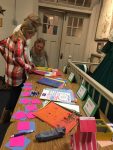
Teaching Museum South houses the Fulton County Schools Archives, which preserves school-related materials dating from the late 1800s. Making teachers aware of the archive’s collection is an important part of the museum’s function. FCS Archives recently started producing a monthly publication called Curiosity Corner. Through Curiosity Corner over 6,000 FCS teachers and staff receive information on a featured primary source from the archives. The publication includes background information along with suggested activities for ways the primary source can be used as a teaching tool for different grade levels. The publication provides links to educational resources from local museums and institutions. The museum staff also offers training on teaching with primary sources to teachers and administrators to support their work in the classroom. Having a resource like the FCS Archives provides opportunities for students to have authentic experiences learning about their own community.
Creating similar programs in school systems across the country is an achievable goal. There are a lot of community resources that are underutilized because classroom teachers are unaware of what is available to them and community partners don’t know what teachers need in the classroom. By providing the link between the classroom and the community, institutions like the Teaching Museum can make sure that authentic experiences and innovative instruction are the future of education.
About the Author
Amanda previously worked as a social studies teacher in North Carolina where she received the 2014 NC History Teacher Award by The Gilder Lehrman Institute of American History and the 2015 Outstanding Teacher of NC History Award by the Historical Society of North Carolina.
Brought to you by Sage Xaxua Morgan-Hubbard, the American Alliance of Museums’ Ford W. Bell Fellow for Museums and P-12 Education.







